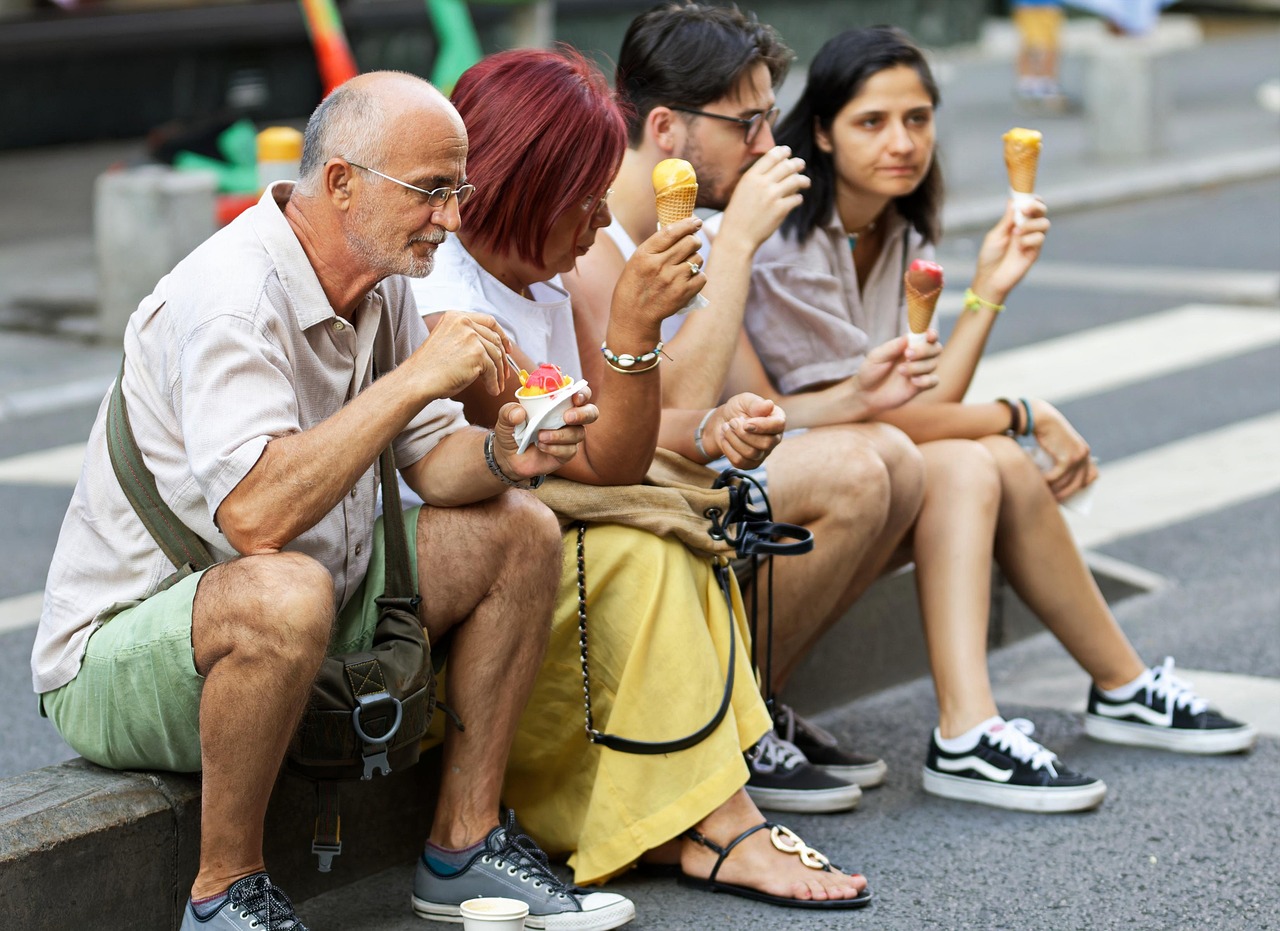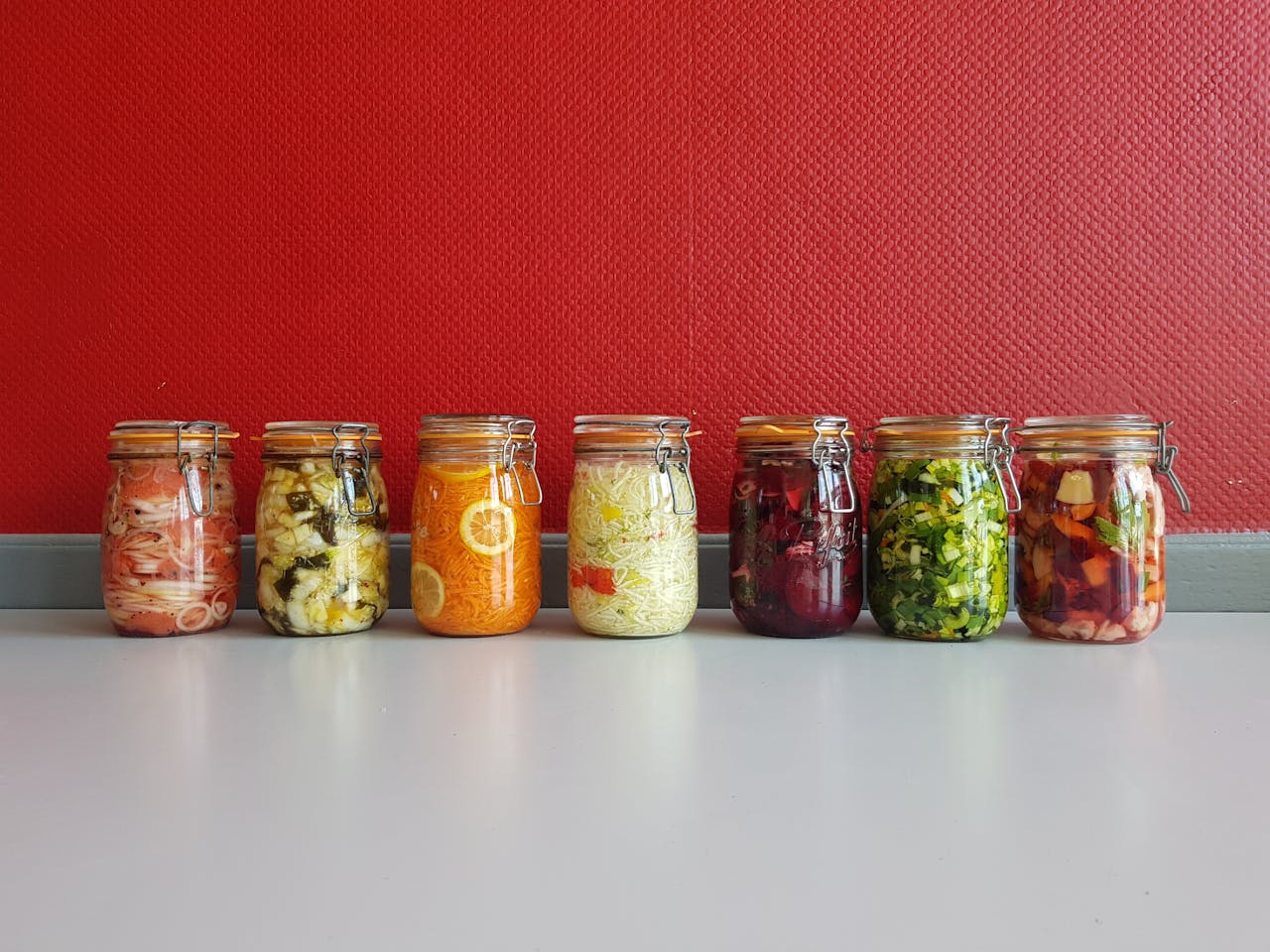10 Historic Cafés Around the World You Need to Visit Once in Your Life
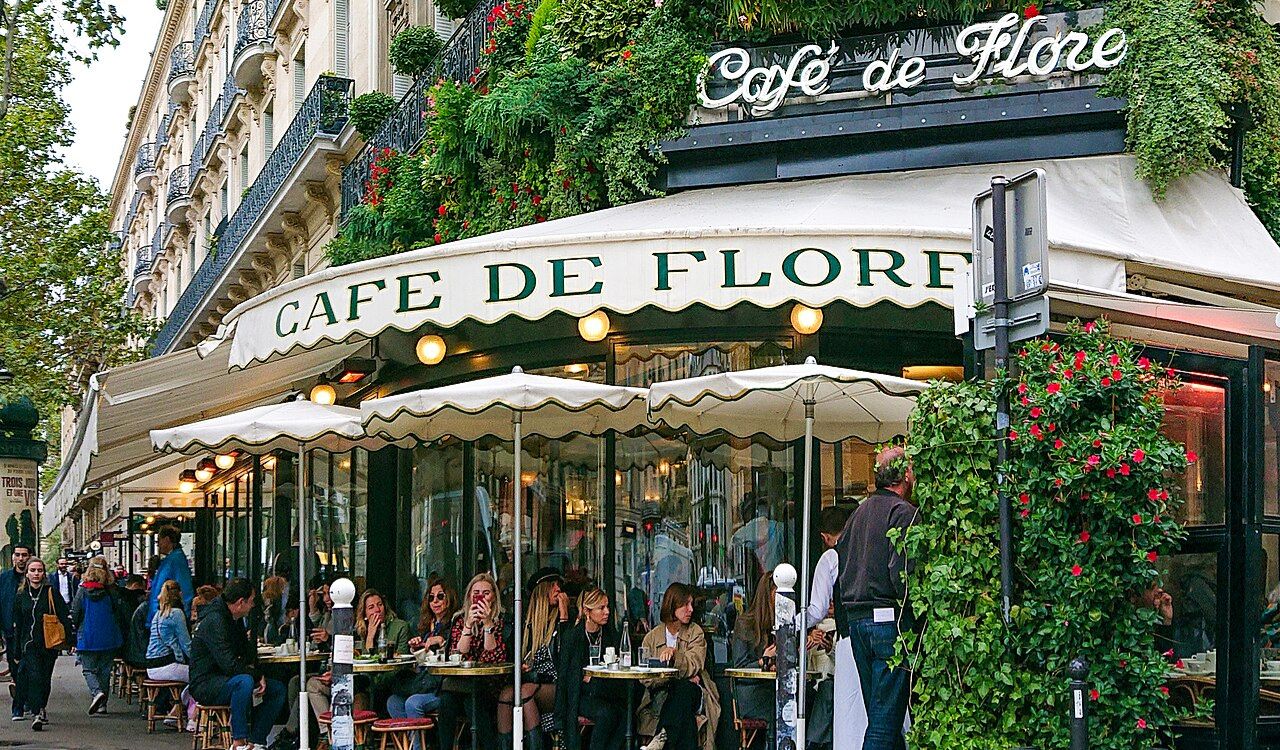
Cafés are more than places to enjoy coffee. For centuries, they’ve been gathering spots for artists, writers, and thinkers who helped shape history. From the grand salons of Europe to the bohemian corners of South America, many of these historic cafés still welcome visitors with their original charm intact. Each one tells a story through its architecture, atmosphere, and legacy. Whether you love art, literature, or simply good coffee, these ten cafés around the world are must-visit destinations for a taste of living history.
1. Café Procope (Paris, France)
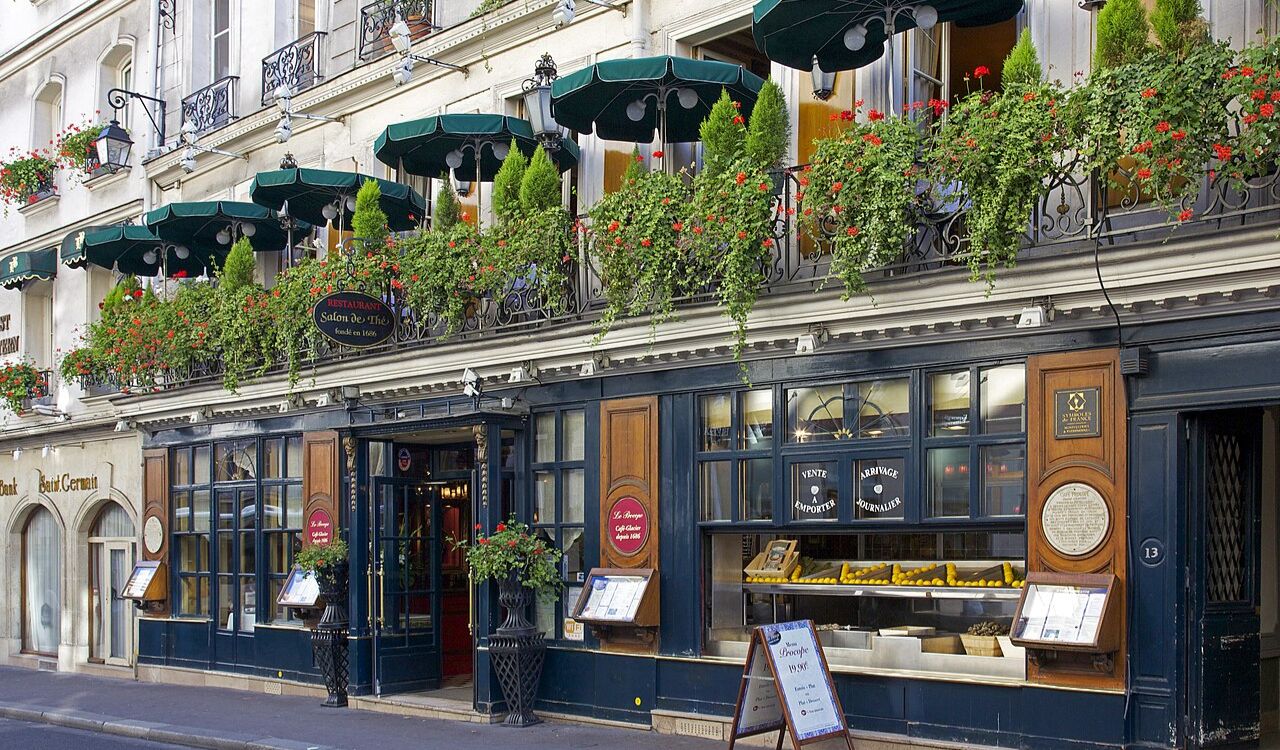
Founded in 1686, Café Procope is considered the oldest café in Paris and one of the first true coffeehouses in Europe. It was a gathering place for Enlightenment philosophers like Voltaire, Rousseau, and Benjamin Franklin. During the French Revolution, political figures such as Danton and Robespierre were regulars. Its antique chandeliers, mirrors, and red velvet chairs preserve its 18th-century grandeur. Visitors can dine where great ideas were once debated, making Café Procope both a historical monument and a living link to Paris’s intellectual past.
2. Caffè Florian (Venice, Italy)
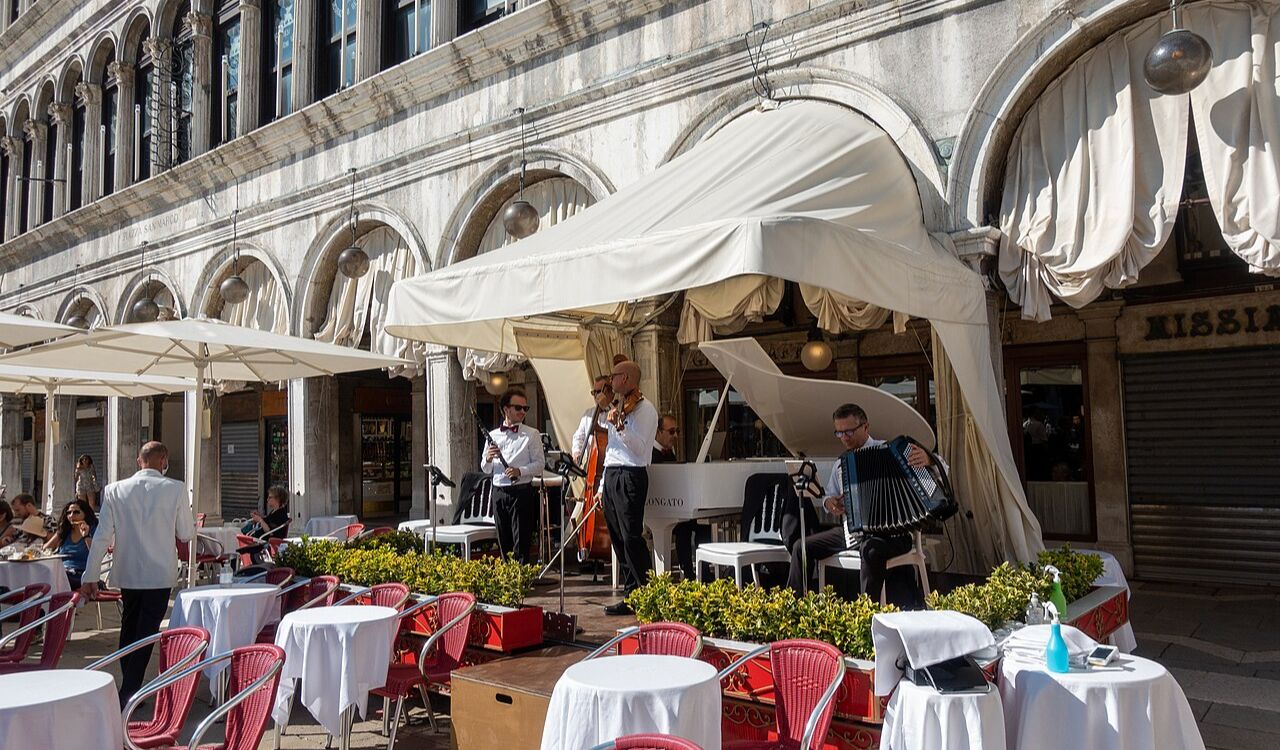
Established in 1720, Caffè Florian is located in the heart of St. Mark’s Square and is among the oldest cafés in the world still in operation. Its ornate interior features gilded mirrors, frescoes, and marble-topped tables that reflect the opulence of Venetian society. Figures like Lord Byron, Marcel Proust, and Casanova once sipped coffee here. Guests today can enjoy pastries while listening to live classical music in the square. Caffè Florian remains a timeless celebration of Venetian elegance and artistic heritage.
3. Café Central (Vienna, Austria)
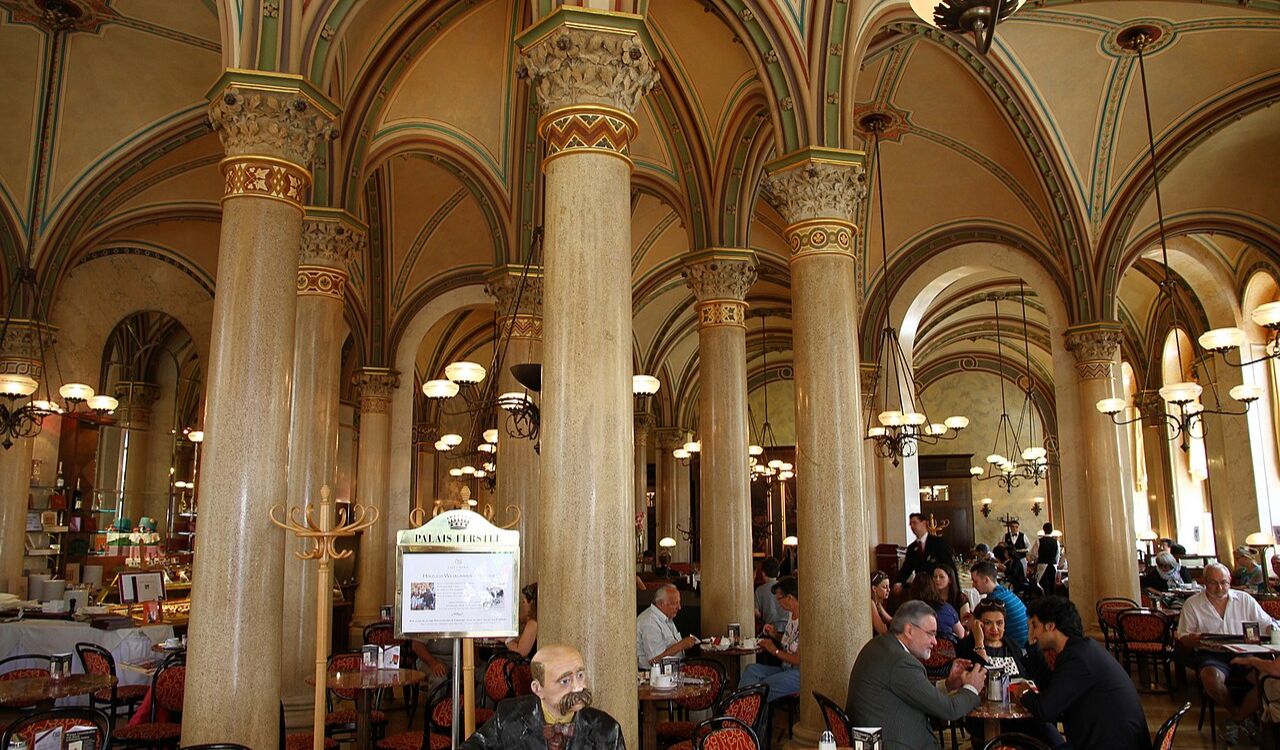
Café Central opened in 1876 and became Vienna’s most famous intellectual meeting place. Its grand columns and vaulted ceilings create a sense of old-world majesty, while the menu of classic Viennese pastries like Sachertorte adds to the experience. Notable patrons included Sigmund Freud, Leon Trotsky, and Stefan Zweig. The café was known as a hub for thinkers and revolutionaries who shaped Europe’s modern era. Today, Café Central continues to attract visitors who come to enjoy coffee surrounded by centuries of cultural history.
4. Caffè Greco (Rome, Italy)
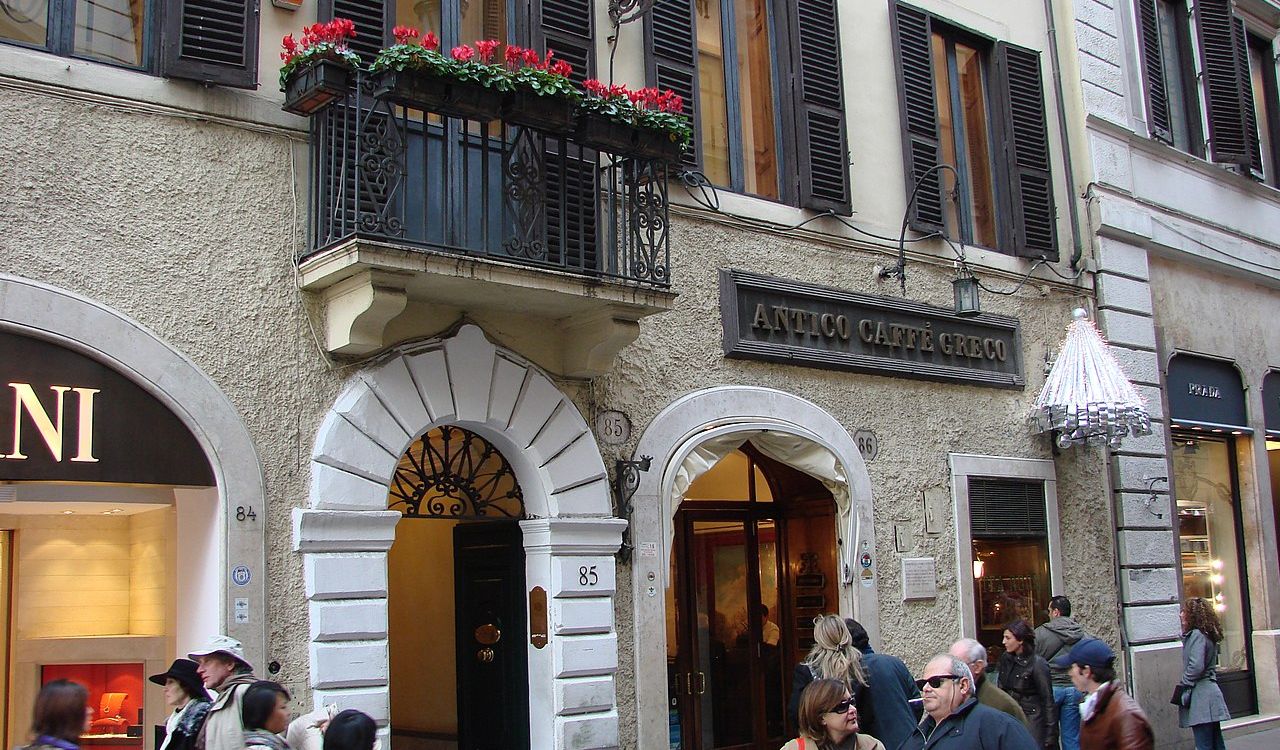
Founded in 1760, Caffè Greco is Italy’s oldest café and stands near the Spanish Steps in Rome. It was a popular stop for artists and writers on the Grand Tour, including Goethe, Keats, Byron, and Hans Christian Andersen. The café’s interior, adorned with red velvet seats and framed portraits, feels like stepping into a 19th-century salon. Every corner echoes with the conversations of creative minds. Visitors today can still enjoy espresso in the same elegant rooms where history’s great artists once gathered.
5. Café de Flore (Paris, France)
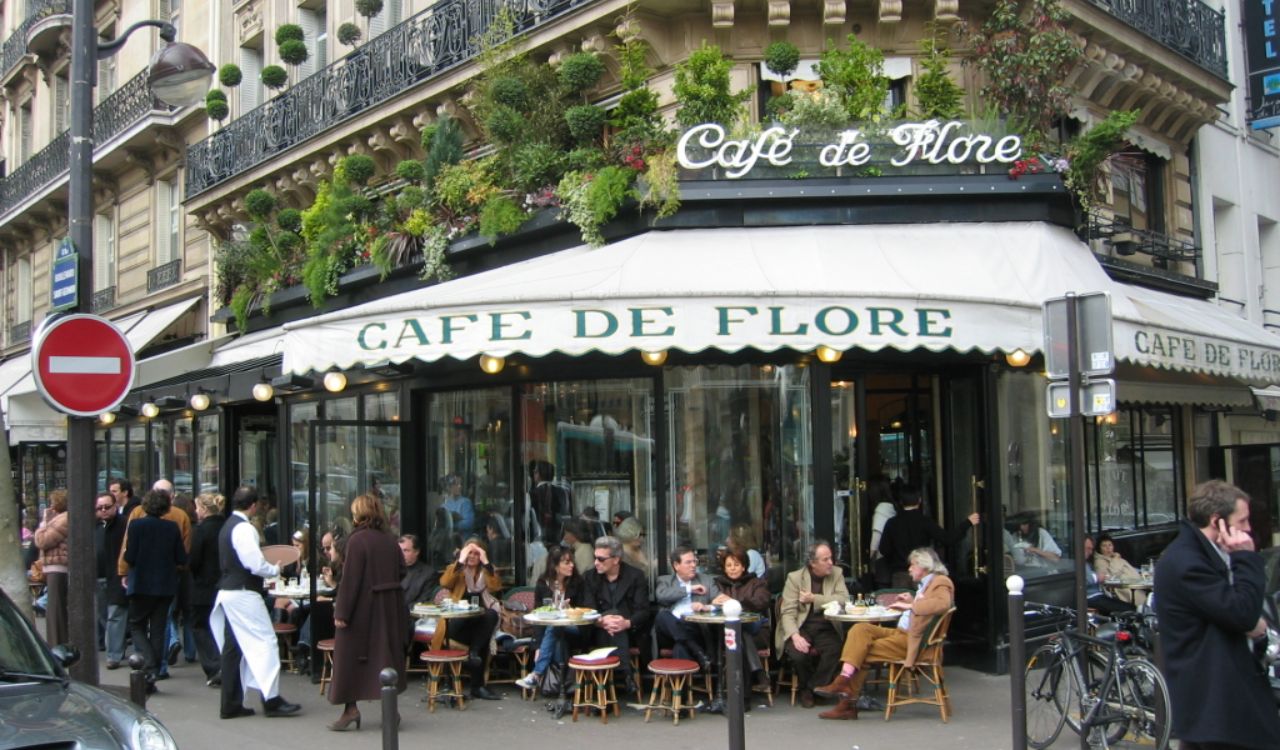
Café de Flore, established in the 1880s, is one of Paris’s best-known literary landmarks. During the 1940s and 1950s, it became a meeting place for existentialist philosophers such as Jean-Paul Sartre and Simone de Beauvoir, along with writers like Albert Camus. The café’s Art Deco interior remains largely unchanged, preserving its nostalgic allure. Still popular among intellectuals and celebrities, Café de Flore continues to represent Paris’s enduring café culture, where coffee, conversation, and creativity flow together effortlessly.
6. Café Tortoni (Buenos Aires, Argentina)
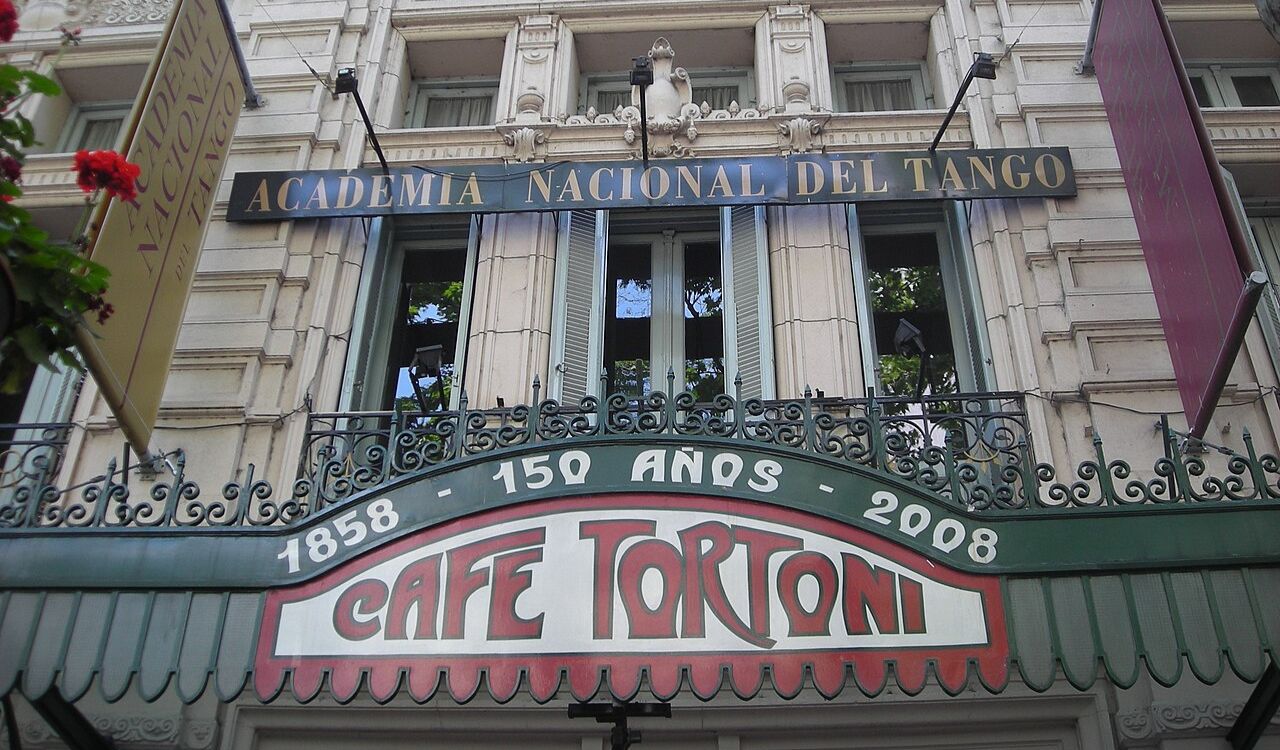
Opened in 1858, Café Tortoni is Argentina’s oldest café and a symbol of Buenos Aires’s artistic spirit. Its stained-glass ceiling, marble tables, and wood-paneled walls reflect the city’s Belle Époque elegance. It has hosted figures such as Jorge Luis Borges, Carlos Gardel, and Julio Cortázar. The café also holds tango performances and poetry readings, continuing its legacy as a cultural center. A visit to Café Tortoni offers both a step back in time and a taste of Argentina’s deep connection between art and coffee.
7. Café A Brasileira (Lisbon, Portugal)
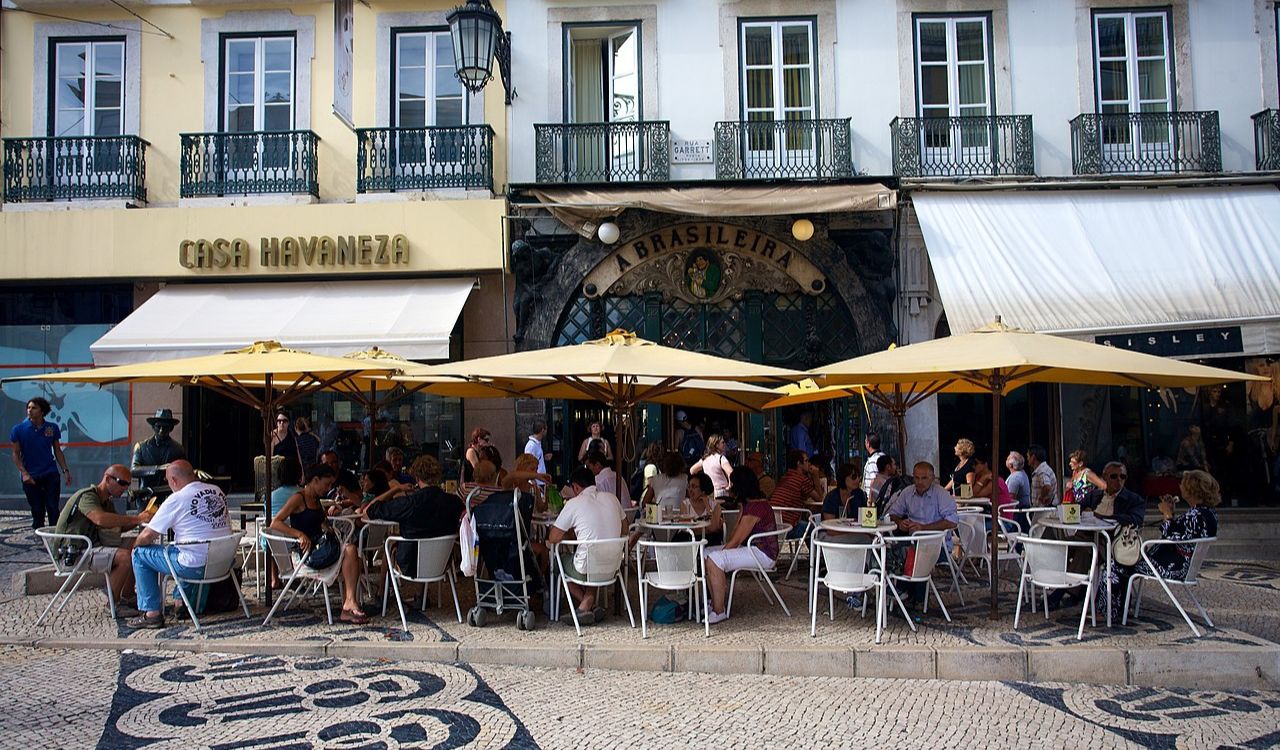
Since opening in 1905, Café A Brasileira has been one of Lisbon’s most iconic landmarks. Known for introducing espresso, or “bica,” to Portugal, it became a favorite gathering spot for writers and intellectuals. The poet Fernando Pessoa was a regular, and a bronze statue of him now sits outside the café. Inside, visitors find mirrored walls, dark wood accents, and an elegant Art Nouveau design. Café A Brasileira remains a cherished destination that captures Lisbon’s golden age of art, literature, and conversation.
8. New York Café (Budapest, Hungary)
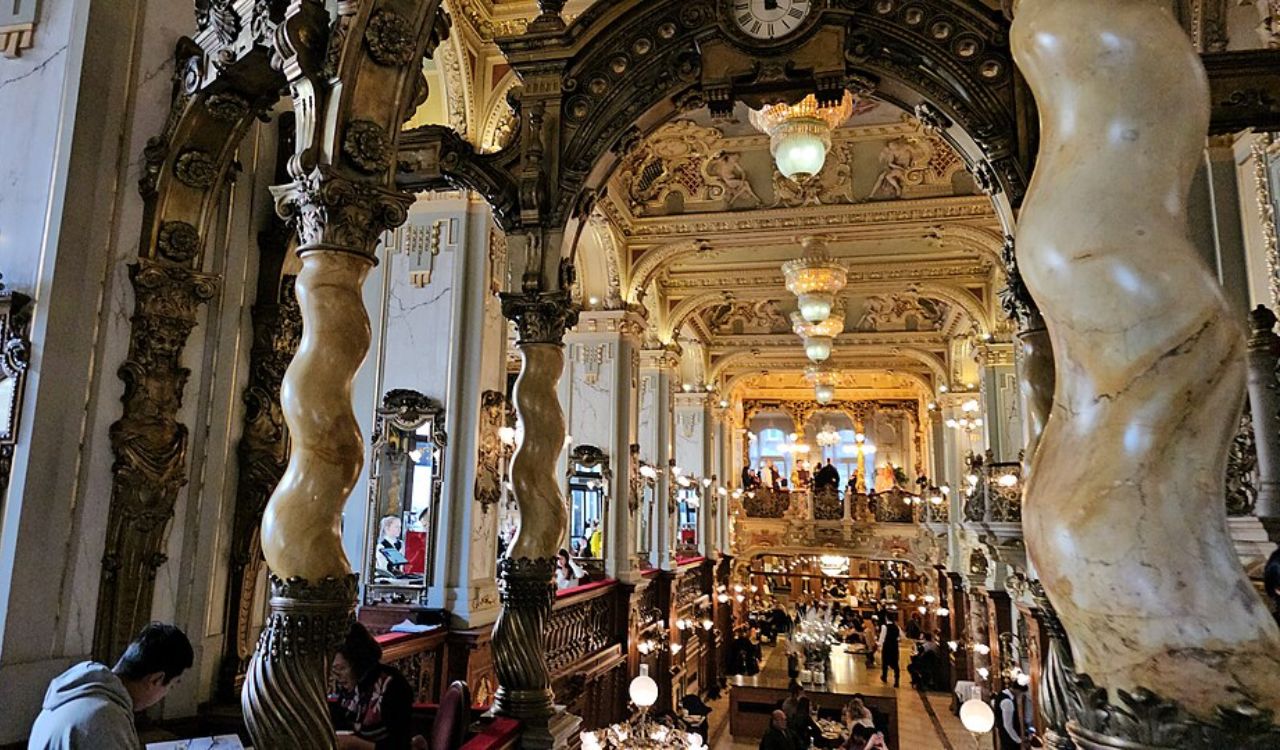
The New York Café, which opened in 1894, is often called “the most beautiful café in the world.” Once a meeting place for Hungarian writers, editors, and journalists, it played a key role in the nation’s literary history. The café’s lavish design includes frescoed ceilings, gilded columns, and crystal chandeliers that reflect the opulence of the Austro-Hungarian Empire. Today, guests can enjoy coffee or dessert surrounded by breathtaking architecture that feels more like a palace than a café.
9. Café Hawelka (Vienna, Austria)
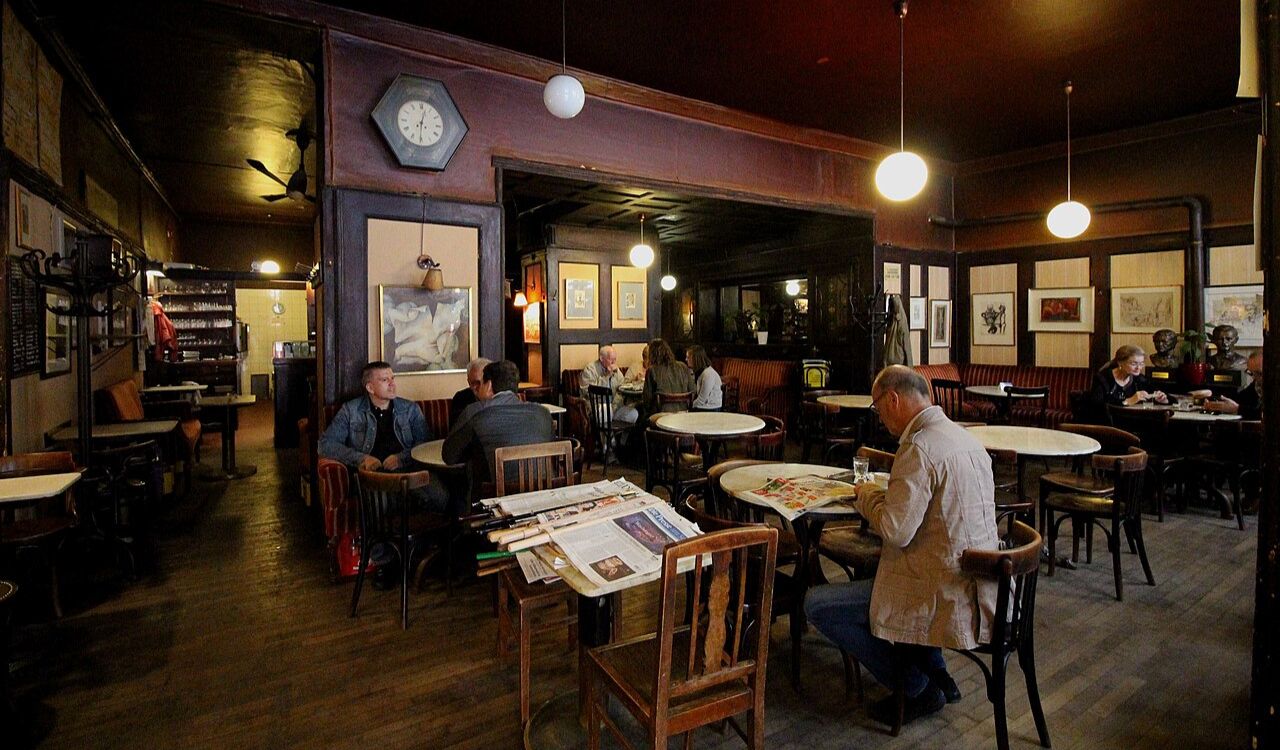
Café Hawelka opened in 1939 and became a beloved meeting place for artists and writers in postwar Vienna. Unlike the grandeur of Café Central, it has a cozy, intimate atmosphere filled with mismatched chairs, dim lighting, and the smell of freshly brewed coffee. Its famous Buchteln, or jam-filled rolls, remain a house specialty. Creative minds such as Andy Warhol and Friedensreich Hundertwasser were known to stop by. Café Hawelka continues to attract locals who appreciate its authentic charm and unpretentious character.
10. Café Majestic (Porto, Portugal)
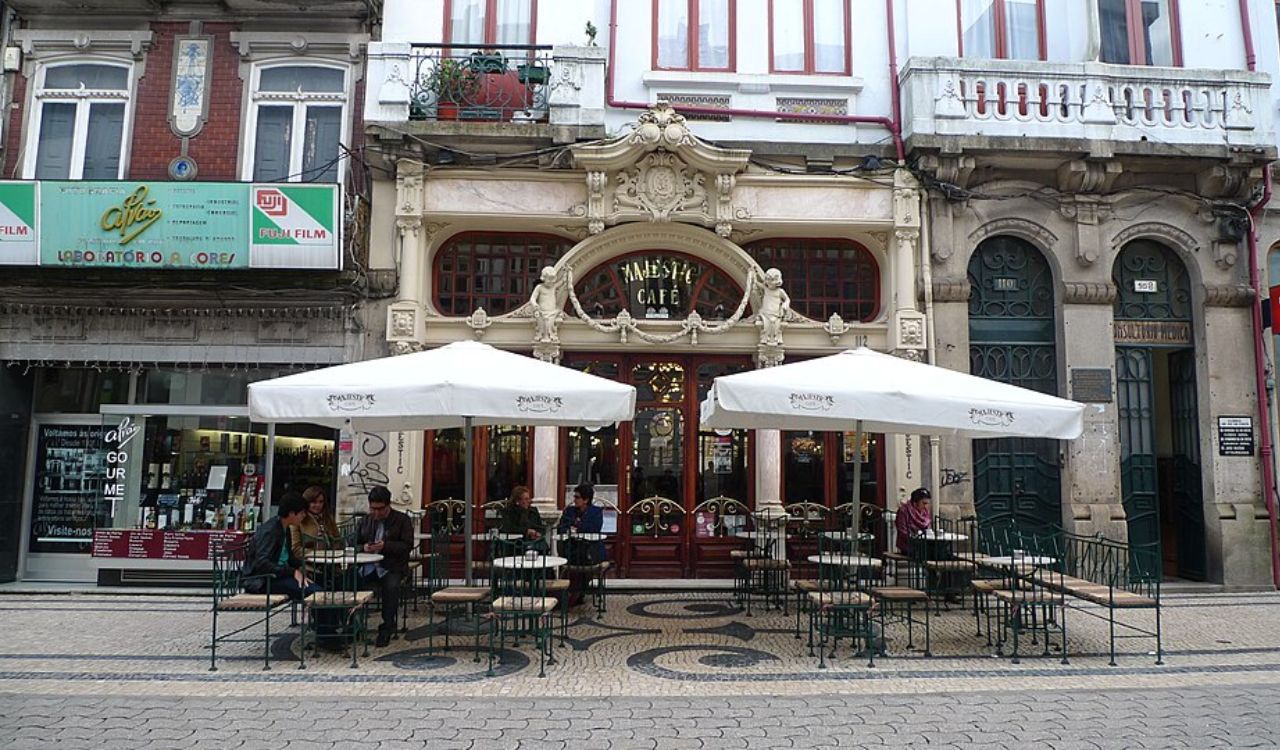
Opened in 1921, Café Majestic is a gem of Porto’s Belle Époque era. Its mirrored walls, marble detailing, and grand chandeliers transport visitors to early 20th-century Europe. The café once hosted artists, politicians, and intellectuals, and it continues to draw tourists and locals who admire its architectural beauty. Known for its refined pastries and strong coffee, Café Majestic offers a luxurious escape into history. It stands as a reminder of Portugal’s artistic and cultural vibrancy during the golden age of cafés.



